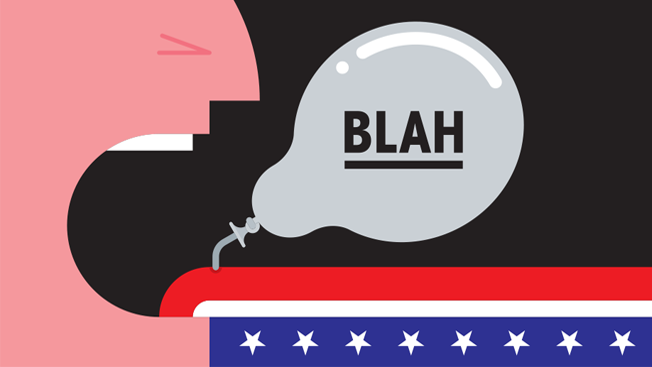Consumer marketers won’t be the only ones using programmatic advertising this year. Automated, data-driven targeting has a big role to play in the 2016 elections. In fact, reaching voters programmatically is a great example of just how straightforward the process can be.
While most marketers have probably grasped the underlying tech—data management platforms (DMPs) and premium programmatic, for example—key topics such as cross-device targeting, real-time bidding and attribution modeling, among others, still cause confusion. Let’s see if we can’t clear a few things up.
Can I really target the same person on different devices?
Absolutely. As mobile has become an increasingly crucial part of the digital world over the last few years, savvy ad tech firms have found creative ways to (anonymously) follow consumers from device-to-device, even in the absence of desktop cookies. For example, if a political campaign is targeting voters on the day of an election, it might want to send a voter mobile ads in the morning and evening when they might be en route to a polling site, while targeting them with desktop ads during the day when the voter is likely to be at work. What’s more, the flourishing accessibility of programmatic TV could extend your targeted messaging to a voter’s living room via over-the-top content.
Where do I get data on voters and what can I do with it?
Data is generally divided into two classes: first-party and third-party. First-party, as the name suggests, is simply data that you already have about the individuals you’re targeting. In brand marketing, that means looking at existing CRM systems about your current customers. When it comes to targeting voters, first-party data is what you have from voter rolls, fundraising and other outreach. Third-party data comes from outside sources that aggregate consumer information based on things like shopping behavior. DMPs and similar systems crunch first-party data to identify key behaviors, such as those most likely to donate to your candidate. They then use third-party data to broaden their reach by targeting those who behave like the key segments.
I keep hearing about omnichannel. What is it and why should I care?
An omnichannel approach is exactly what it sounds like—an ad campaign that targets voters or consumers across multiple channels—TV, email, social media and so on. Omnichannel was around long before programmatic, but programmatic generally takes place in real time, making it possible to synchronize ad campaigns across different channels in a way that wasn’t possible in the pre-programmatic era. A political campaign, for example, could send a user social media updates and then, based on how the user engages—or fails to engage—follow up with a targeted fundraising email or a campaign ad placed on addressable TV. The key is that each channel works in combination with the others.
How do I know what parts of my campaign are working?
If a brand or political campaign targets an individual across five different channels, how does it know which channel ultimately worked? In the past, all the credit went to the last point of interaction with the user, often referred to as “the last click.” However, last click doesn’t account for any marketing activities—such as awareness or branding—that happen before the conversion. This is where attribution modeling comes in. Fortunately, programmatic allows for more sophisticated attribution models that can better determine how different channels contribute. This makes it possible to spend ad budgets as efficiently as possible and rapidly shift tactics as the consumer or voter moves along the decision journey.








